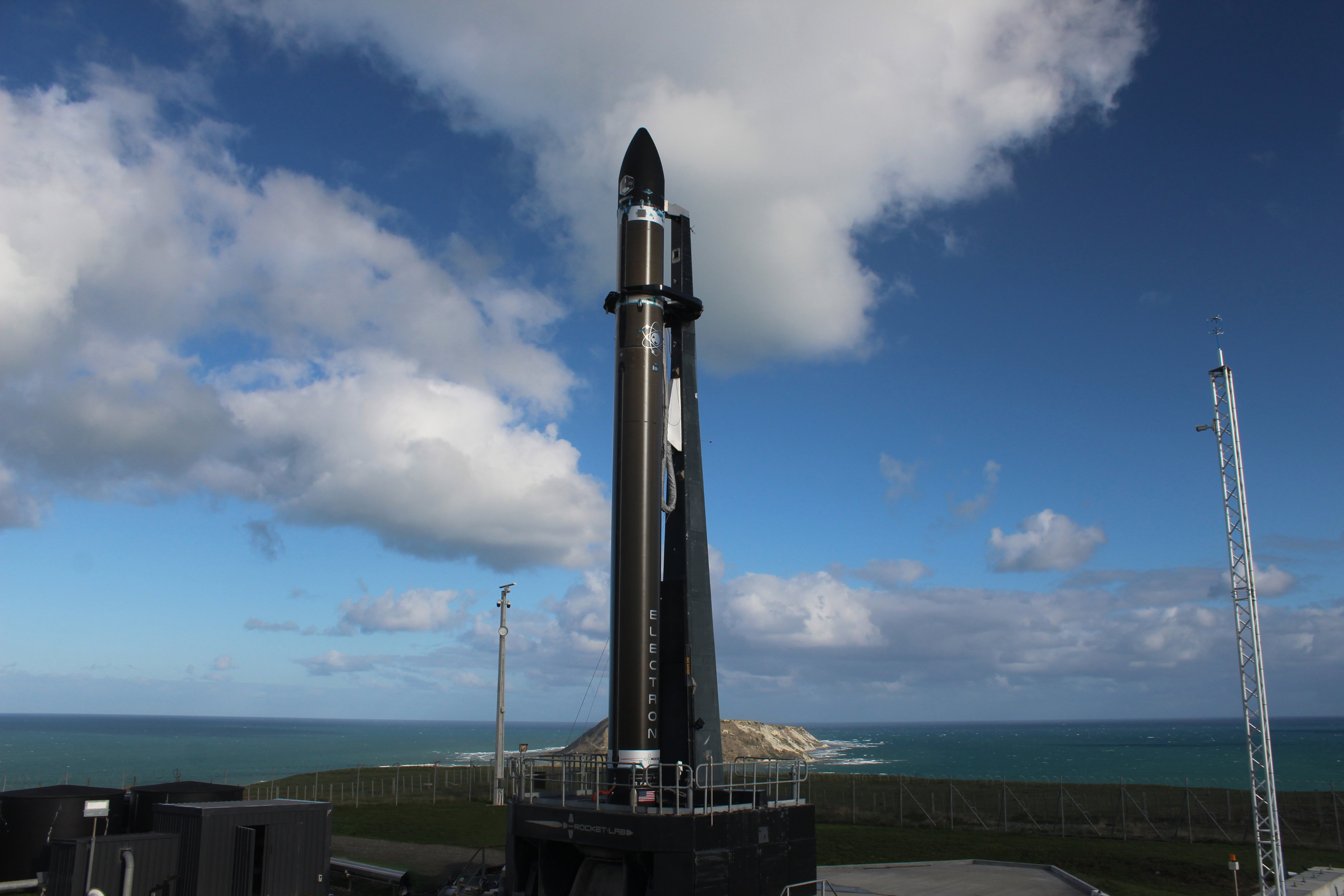
He has journalism degrees from the University of Southern California and New York University. He is also an Eagle Scout (yes, he has the Space Exploration merit badge) and went to Space Camp four times as a kid and a fifth time as an adult. In October 2022, Tariq received the Harry Kolcum Award for excellence in space reporting from the National Space Club Florida Committee. Before joining, Tariq was a staff reporter for The Los Angeles Times covering education and city beats in La Habra, Fullerton and Huntington Beach. He became 's Managing Editor in 2009 and Editor-in-Chief in 2019. He covers human spaceflight, exploration and space science, as well as skywatching and entertainment. Tariq is the Editor-in-Chief of and joined the team in 2001, first as an intern and staff writer, and later as an editor. You'll be able to watch that event live on, courtesy of NASA TV, on our Artemis 1 webcast page.Įditor's note: This story was updated to include note that NASA's Artemis 1 launch countdown began as planned.Įmail Tariq Malik at or follow him. NASA will begin fueling the SLS rocket in the wee hours Monday morning, which NASA will webcast live at 12 a.m. On Friday, engineers also closed the hatch on the SLS rocket's launch abort system, which sits atop the Orion spacecraft, and retracted the crew access arm astronauts will eventually use to board the spacecraft for future missions. Engineers closed the hatch on the Orion capsule for the last time on Thursday (Aug. NASA's Orion spacecraft faces huge test for moon flightsĭuring the two-day countdown for Artemis 1, NASA launch controllers will put the mission's 322-foot-tall (98 meters) Space Launch System megarocket and its Orion spacecraft through their final paces for flight. Webcast: Watch the Artemis 1 moon mission launch Mike Wall is the author of " Out There " (Grand Central Publishing, 2018 illustrated by Karl Tate), a book about the search for alien life. You can watch that mission here at as well. The company also plans to launch 51 of its Starlink internet satellites to low Earth orbit atop a Falcon 9 on Ja.

USSF-67 is part of a busy week for SpaceX. The central booster will not return, instead ditching into the Atlantic Ocean. If all goes according to plan, the two side boosters will come back to Earth shortly after liftoff on Saturday, making vertical touchdowns at Cape Canaveral Space Force Station, which is next door to KSC.
The USSF-67 core booster has not flown before. The two side boosters for USSF-67 will be launching for the second time they also flew on USSF-44, Space Force officials said. The central booster is topped with a payload-carrying upper stage.įalcon Heavy first stages are reusable, like those of the Falcon 9. The Falcon Heavy consists of three modified SpaceX Falcon 9 first stages, which are strapped together. NASA picks SpaceX Falcon Heavy to launch 1st Gateway station pieces to the moon Facts about SpaceX's Falcon Heavy rocket SpaceX Falcon Heavy will launch NASA's Europa Clipper mission to icy Jupiter moon Among them are "two operational prototypes for enhanced situational awareness and an operational prototype crypto/interface encryption payload providing secure space-to-ground communications capability," Space Force officials said in an emailed statement on Friday (Jan. LDPE-3A will carry five Space Force payloads on USSF-67. Also flying Saturday is a rideshare spacecraft called Long Duration Propulsive ESPA (LDPE)-3A, a payload adapter that can hold up to six small satellites, according to.

The main payload is a military communications satellite called Continuous Broadcast Augmenting SATCOM 2, which the Falcon Heavy will send to geostationary orbit, about 22,200 miles (35,700 kilometers) above Earth. We do know a bit about the coming flight, however. Like USSF-44, USSF-67 is a classified mission. The 40-month gap was due primarily to delays in getting customer payloads ready, according to space industry analysts. But the rocket didn't lift off again until November of last year, on the USSF- 44 mission for the Space Force. The Falcon Heavy launched again in April 2019 and June 2019, sending operational satellites aloft each time. The burly rocket debuted in February 2018 with a memorable test flight that sent SpaceX founder and CEO Elon Musk's Tesla Roadster into orbit around the sun, with a spacesuit-clad mannequin named Starman in the driver's seat. Sunday's launch will be the fifth overall for the Falcon Heavy. SpaceX posted this photo on Twitter on Jan. SpaceX's fifth Falcon Heavy rocket is seen here in a hangar at NASA's Kennedy Space Center ahead of a planned Jan.


 0 kommentar(er)
0 kommentar(er)
